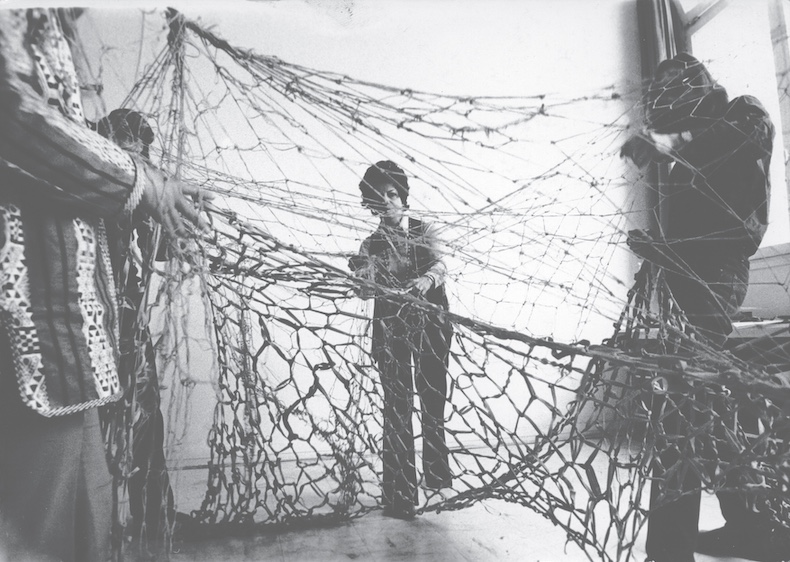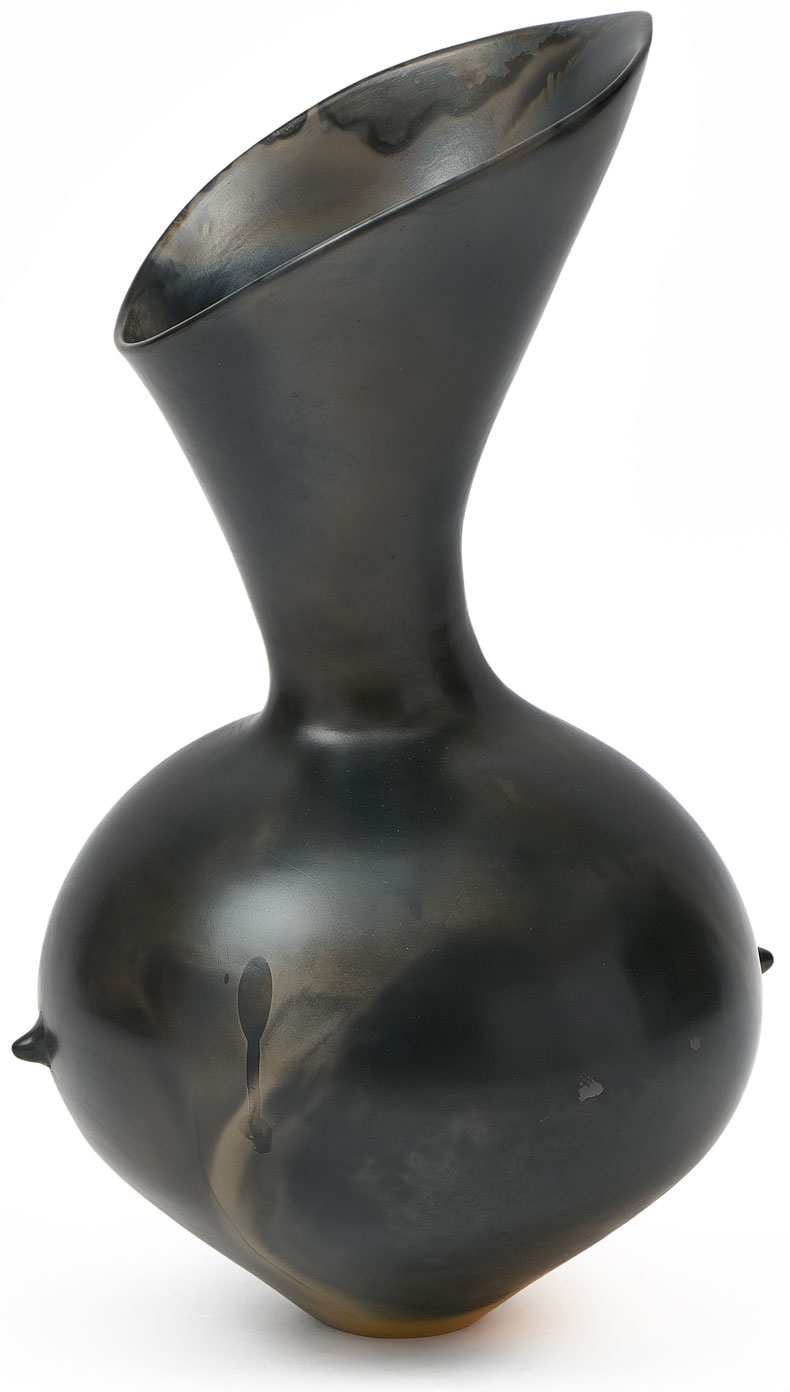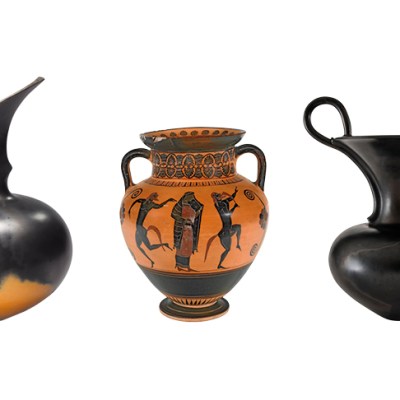With hundreds of exhibitions and events vying for attention in London during Frieze week, Apollo’s editors pick out the shows they don’t want to miss
By 1900, when he was only 23, Yoshida Hiroshi already had the makings of an international star. The Japanese painter had recently exhibited at the Detroit Museum of Art (now the Detroit Institute of Arts) and the Museum of Fine Arts in Boston, and was touring Europe when he stopped in at Dulwich Picture Gallery, where he signed the guestbook. Though he had not yet played a formative role in the shin-hanga movement, which would revitalise the art of the woodblock through innovative impressionistic techniques, his printmaking work – and that of his wife Fujio; their sons Tōshi and Hodaka; their daughter-in-law Chizuko; and their granddaughter Ayomi – is the subject of this show at Dulwich Picture Gallery (until 3 November). An exhibition of this nature is rare enough, but this one offers more than novelty value: it captures how art-historical currents shaped woodblock art over several decades. Tōshi and Hodaka, for instance, incorporated post-war abstraction into the art form, and the work of Chizuko, Hodaka’s wife, bears the sweeping influence of Abstract Expressionism. Hiroshi’s work, however, is the real treat – and most of the prints that are currently on display in Dulwich have never before been seen in the UK. Catch it while you can.
Maharaja Ranjit Singh with his favourite, Raja Hira Singh, attending as a cup-bearer (c. 1835–38), unknown artist. Photo: © Toor Collection

The omens weren’t good for young Ranjit Singh. A bout of smallpox he contracted as an infant left him blind in one eye; he was targeted for assassination at the age of 13, and orphaned a few years later. But the fact that he dispatched his would-be killer at such a tender age offered a clue to his future military success: in 1801, when he was 21, he founded the Sikh Empire, which grew to comprise 12 million people across more than 250,000 sq km of north-western India. Given that he was a patron of the arts as well as a military leader, it is fitting that paintings and crafted objects as well as arms and armour form the crux of the Wallace Collection’s exhibition on the Sikh Empire under Singh (until 20 October). Among the most impressive exhibits are a miniature painting of Singh perched in a crimson and gold seat; a lavish golden throne, on loan from the Victoria and Albert Museum; and a lengthy curved sword – its golden scabbard encrusted with gemstones – that may have belonged to Singh himself.
Rede de Elásticos (Elastic Net) (1973), Lygia Clark. Photo: Hagêge A. Courtesy Associacão Cultural O Mundo de Lygia Clark

In a recent column for Apollo, Hettie Judah declared herself ‘every conservator’s nightmare – that person who wants to touch the art’. But there are those artists who have warmly welcomed audience participation. Lygia Clark is an early example: born in Belo Horizonte in 1920, she was a key figure among Brazil’s neo-concrete artists, who chafed against the geometric strictures propounded through the constructivist movement then popular in Europe and gaining ground in Latin America. Many of Clark’s notions of art have more currency now than ever – art as therapy; art as something physically accessible. A sweeping survey of her work at Whitechapel Gallery captures the nature of her accomplishments: highlights include Bichos, geometric metal sculptures with hinges that allow viewers to manipulate the pieces into different positions, and a series of live performances that honour Clark’s ideas of creating art through group participation (until 12 January 2025). The show coincides with an exhibition of the artist’s early work at Alison Jacques, comprising studies, maquettes, paintings and collages from a time when new ideas were occurring to Clark more quickly than she could execute them (until 26 October).
At 74, Magdalene Odundo is as visible as she’s ever been. Her recent exhibition at Houghton Hall in Norfolk – the first show at the country house of work by a woman or a Black person – featured new works as well as ceramics from the last three decades, placed in counterpoint to the opulent surroundings of the Palladian mansion. Now, in her first solo show in London in more than 20 years, Thomas Dane Gallery is displaying a number of the artist’s recent works in clay (until 14 December). As elegant as they are elemental, these ceramics are melting pots of influence: even as they evoke British studio pottery, modernist sculpture or traditional vessels from Kenya and Nigeria, they are most clearly informed by Odundo’s own distinctive sensibilities.
Untitled (2023), Magdalene Odundo. Photo: David Westwood; courtesy the artist and Thomas Dane Gallery; © the artist



